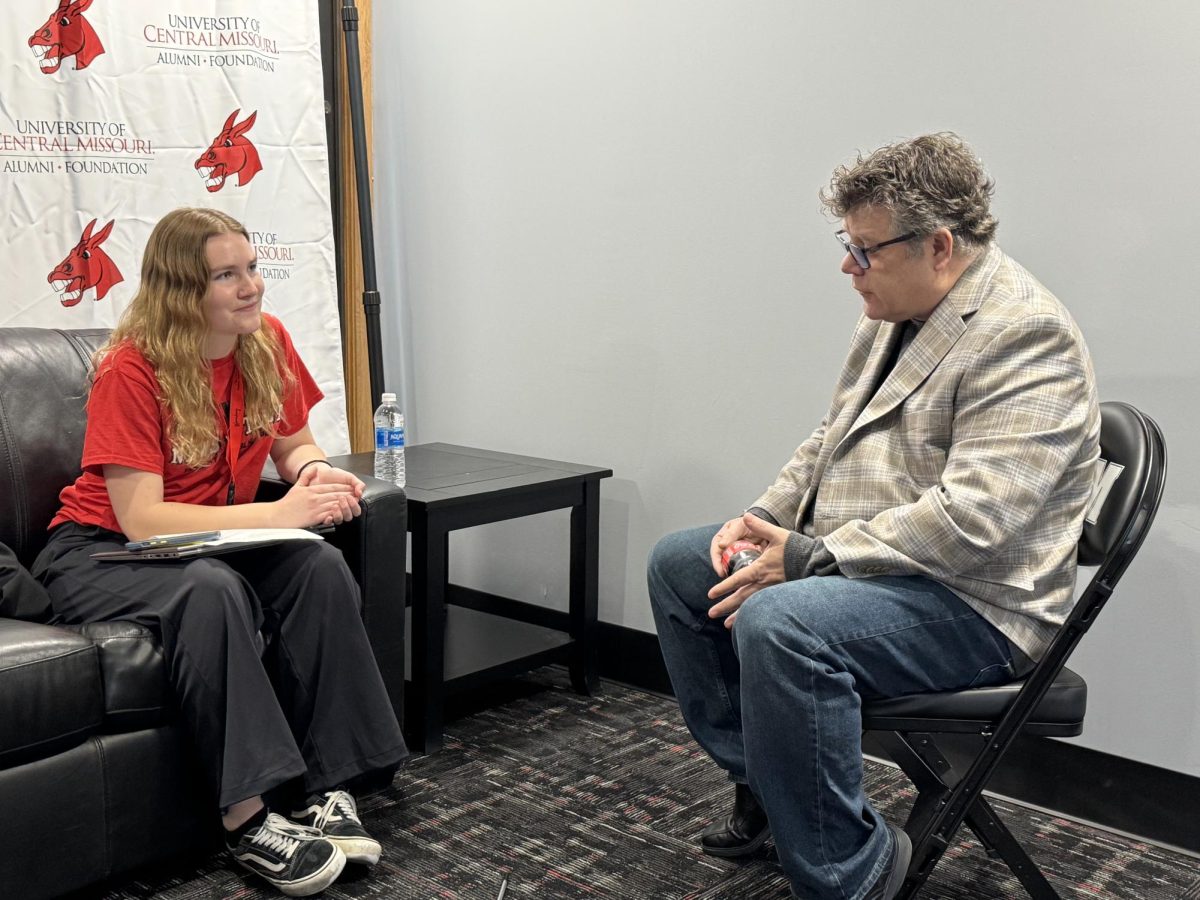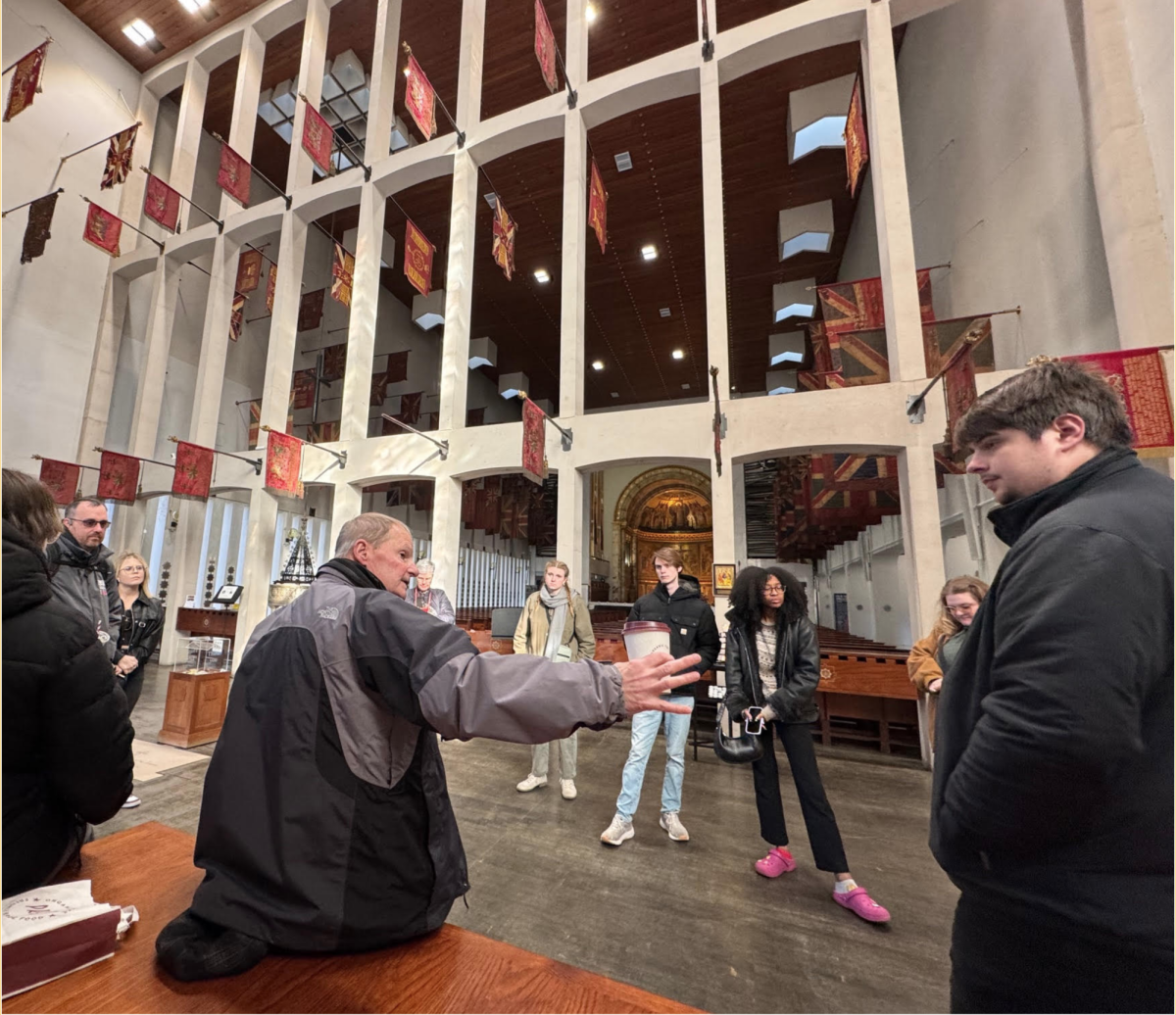(WEST PLAINS, Mo., AP) — Air Evac Lifeteam’s president, Seth Myers, helped grow the rural ambulance service from its modest roots 25 years ago into one of south-central Missouri’s largest employers, with 600 local workers and a presence in 15 states.
But the demands of doing business in an isolated region led the company in June to relocate its headquarters to suburban St. Louis, costing Howell County 150 high-paying jobs. Another 45 employees are transferring to West Plains from a shuttered Air Evac office in Houston, Mo., 50 miles to the north.
“There’s a great workforce there. Our customers are rural-based,” said Myers, who along with other top brass is now based in O’Fallon, minutes from Lambert International Airport and closer to the suburban school districts and manicured lawns preferred by senior executives. “It was really logistics, first and foremost … . Had our company not grown to 15 states and created more of a logistical challenge, today we would still be in West Plains.”
Such explanations do little to mollify Wendell Bailey, a 72-year-old former Missouri congressman and state treasurer who returned to Willow Springs after his political career ended. The former car dealer, who lost a 1992 Republican primary for governor and the 2000 general election for lieutenant governor, recently helped form the Southern Ozarks Alliance for Rural Development.
The group, known as SOAR, includes more than 30 business and civic leaders from a 10-county region. Its mission is to forge a regional approach to job creation and economic development in a state where the political, civic and business culture is dominated by Columbia, Jefferson City, Kansas City, Springfield and St. Louis.
“We’re generally the last place in the state of Missouri that becomes aware of, or gets funded by, any programs,” said Bailey, who was elected to the U.S. House of Representatives in 1980 but lost to Rep. Ike Skelton two years later after his district was eliminated in redistricting. “We’re just buried back in the hills.”
Statistics, history and anecdotes alike point to the region’s predicament.
In 2007, per capita income in the 10 counties ranged from a low of $18,876 in Shannon County to a high of $23,499 in Howell. The statewide average was $32,789. College graduation rates in those counties ranged from 7.6 percent to 10.8 percent — the highest being half the statewide average of 21.6 percent.
Bailey traces the region’s woes to the Civil War, when the region wasn’t fully aligned with either the South or North and suffered destruction from both sides. The area’s rough terrain and thin soil make agriculture impractical, and the hardscrabble Scotch-Irish mountain migrants from Appalachia were never much for formal education, he said.
And the young people who do succeed despite the poverty usually have little interest in sticking around, Bailey added. He counts nine natives of Willow Springs who have become doctors — eight of whom moved away after school.
The SOAR board president is Mary Sheid, owner of a successful physical therapy company and a former member of the Missouri State University Board of Governors. The collaborative approach is a new one for Ozarks communities that more often view one another as rivals, she said.
“We need to do a better job of collaboration. They haven’t really worked together collaboratively in the past,” she said. “If anything, there’s been competition.”
SOAR recently brought together 40 machine shop owners from its 10 counties to meet with Boeing Corp. officials about potential employment prospects. Its priorities include extending high-speed Internet service into the region’s rural reaches and luring employers with job-training and vocational programs. The group wants to work with school districts on dropout prevention and increase the area’s low-income housing supply.
Bailey and Sheid also are not reluctant to embrace the Ozarks’ regional identity, including some of the behavior depicted in the acclaimed 2010 film “Winter’s Bone,” based on a novel by West Plains resident Daniel Woodrell.
“We do grow up hunting for squirrels, we do grow up playing on the hay bale,” said Sheid, who was born and raised in Thayer on the Missouri-Arkansas border. “A lot of people heat with wood. … We have a culture in this area of self-resilience, of taking care of ourselves — almost to the point of being negative.”
As a politician, Bailey was known for his colorful stunts, including a campaign for treasurer in an armored truck and barnstorming jaunts in his campaign for governor in an old cab. Now firmly ensconced in the region he has called home since birth, Bailey said that it’s time for the rest of the state to pay more attention to a region he says is too often treated as “flyover Missouri.”
“We’re talking about hundreds of years of poverty,” he said. “What can we do about it? Frankly, we don’t know. But we have a plan.”
[email_link]
But the demands of doing business in an isolated region led the company in June to relocate its headquarters to suburban St. Louis, costing Howell County 150 high-paying jobs. Another 45 employees are transferring to West Plains from a shuttered Air Evac office in Houston, Mo., 50 miles to the north.
“There’s a great workforce there. Our customers are rural-based,” said Myers, who along with other top brass is now based in O’Fallon, minutes from Lambert International Airport and closer to the suburban school districts and manicured lawns preferred by senior executives. “It was really logistics, first and foremost … . Had our company not grown to 15 states and created more of a logistical challenge, today we would still be in West Plains.”
Such explanations do little to mollify Wendell Bailey, a 72-year-old former Missouri congressman and state treasurer who returned to Willow Springs after his political career ended. The former car dealer, who lost a 1992 Republican primary for governor and the 2000 general election for lieutenant governor, recently helped form the Southern Ozarks Alliance for Rural Development.
The group, known as SOAR, includes more than 30 business and civic leaders from a 10-county region. Its mission is to forge a regional approach to job creation and economic development in a state where the political, civic and business culture is dominated by Columbia, Jefferson City, Kansas City, Springfield and St. Louis.
“We’re generally the last place in the state of Missouri that becomes aware of, or gets funded by, any programs,” said Bailey, who was elected to the U.S. House of Representatives in 1980 but lost to Rep. Ike Skelton two years later after his district was eliminated in redistricting. “We’re just buried back in the hills.”
Statistics, history and anecdotes alike point to the region’s predicament.
In 2007, per capita income in the 10 counties ranged from a low of $18,876 in Shannon County to a high of $23,499 in Howell. The statewide average was $32,789. College graduation rates in those counties ranged from 7.6 percent to 10.8 percent — the highest being half the statewide average of 21.6 percent.
Bailey traces the region’s woes to the Civil War, when the region wasn’t fully aligned with either the South or North and suffered destruction from both sides. The area’s rough terrain and thin soil make agriculture impractical, and the hardscrabble Scotch-Irish mountain migrants from Appalachia were never much for formal education, he said.
And the young people who do succeed despite the poverty usually have little interest in sticking around, Bailey added. He counts nine natives of Willow Springs who have become doctors — eight of whom moved away after school.
The SOAR board president is Mary Sheid, owner of a successful physical therapy company and a former member of the Missouri State University Board of Governors. The collaborative approach is a new one for Ozarks communities that more often view one another as rivals, she said.
“We need to do a better job of collaboration. They haven’t really worked together collaboratively in the past,” she said. “If anything, there’s been competition.”
SOAR recently brought together 40 machine shop owners from its 10 counties to meet with Boeing Corp. officials about potential employment prospects. Its priorities include extending high-speed Internet service into the region’s rural reaches and luring employers with job-training and vocational programs. The group wants to work with school districts on dropout prevention and increase the area’s low-income housing supply.
Bailey and Sheid also are not reluctant to embrace the Ozarks’ regional identity, including some of the behavior depicted in the acclaimed 2010 film “Winter’s Bone,” based on a novel by West Plains resident Daniel Woodrell.
“We do grow up hunting for squirrels, we do grow up playing on the hay bale,” said Sheid, who was born and raised in Thayer on the Missouri-Arkansas border. “A lot of people heat with wood. … We have a culture in this area of self-resilience, of taking care of ourselves — almost to the point of being negative.”
As a politician, Bailey was known for his colorful stunts, including a campaign for treasurer in an armored truck and barnstorming jaunts in his campaign for governor in an old cab. Now firmly ensconced in the region he has called home since birth, Bailey said that it’s time for the rest of the state to pay more attention to a region he says is too often treated as “flyover Missouri.”
“We’re talking about hundreds of years of poverty,” he said. “What can we do about it? Frankly, we don’t know. But we have a plan.”
[email_link]












